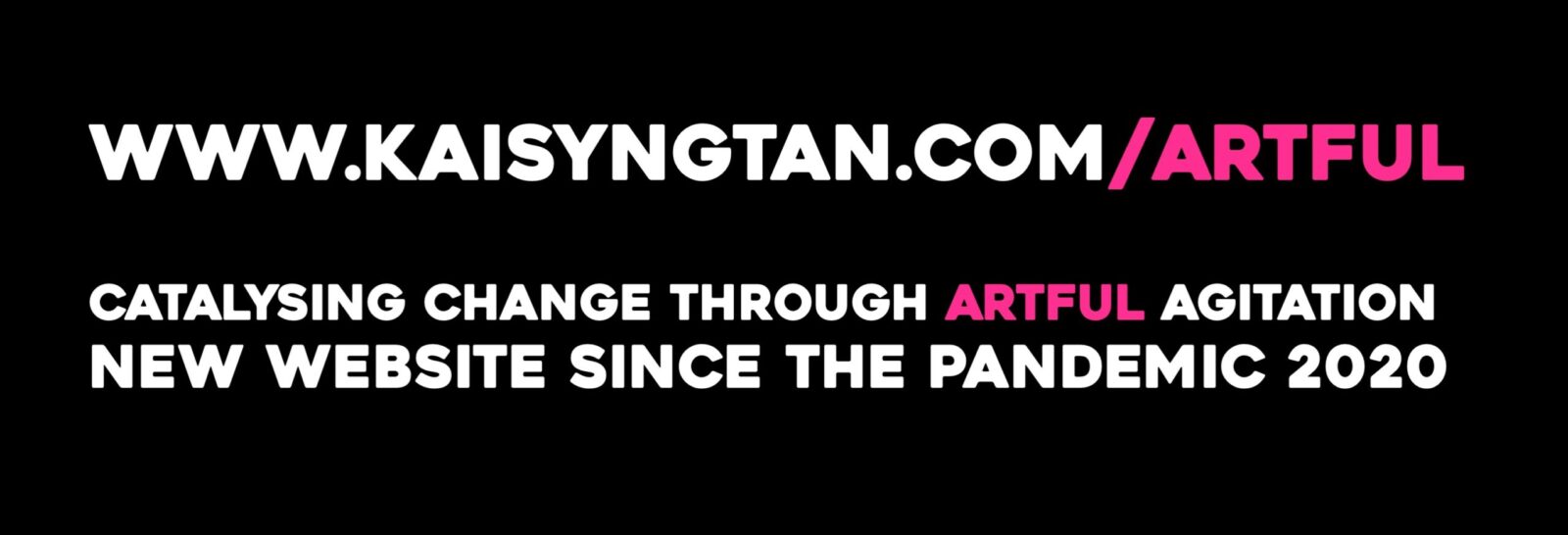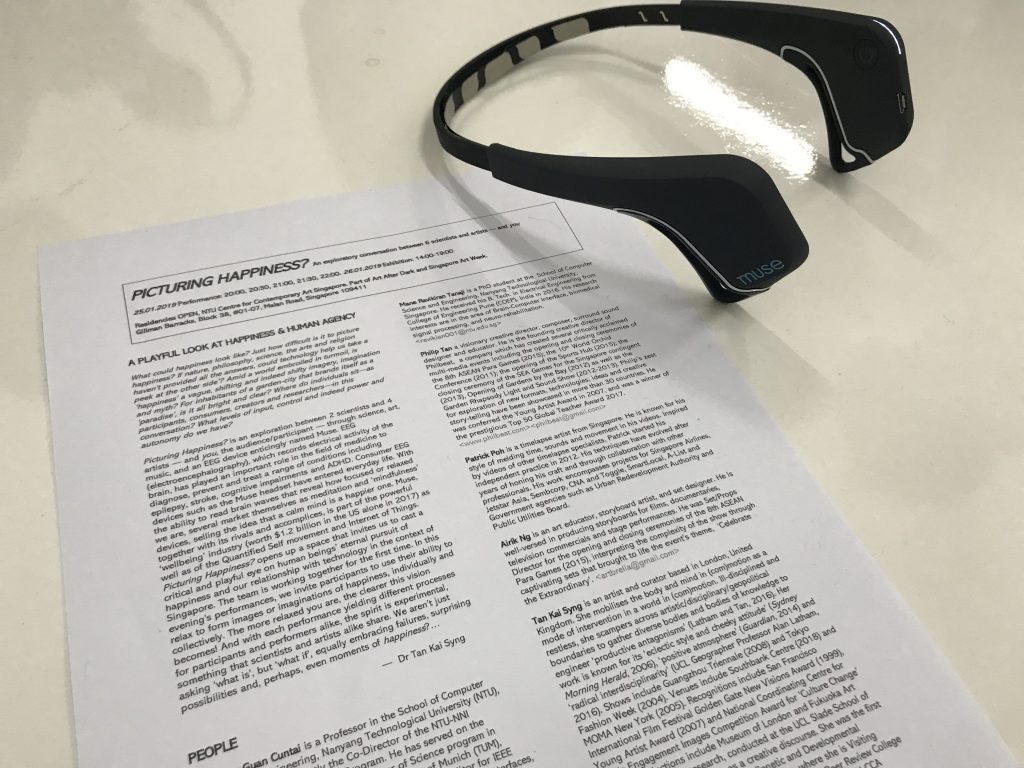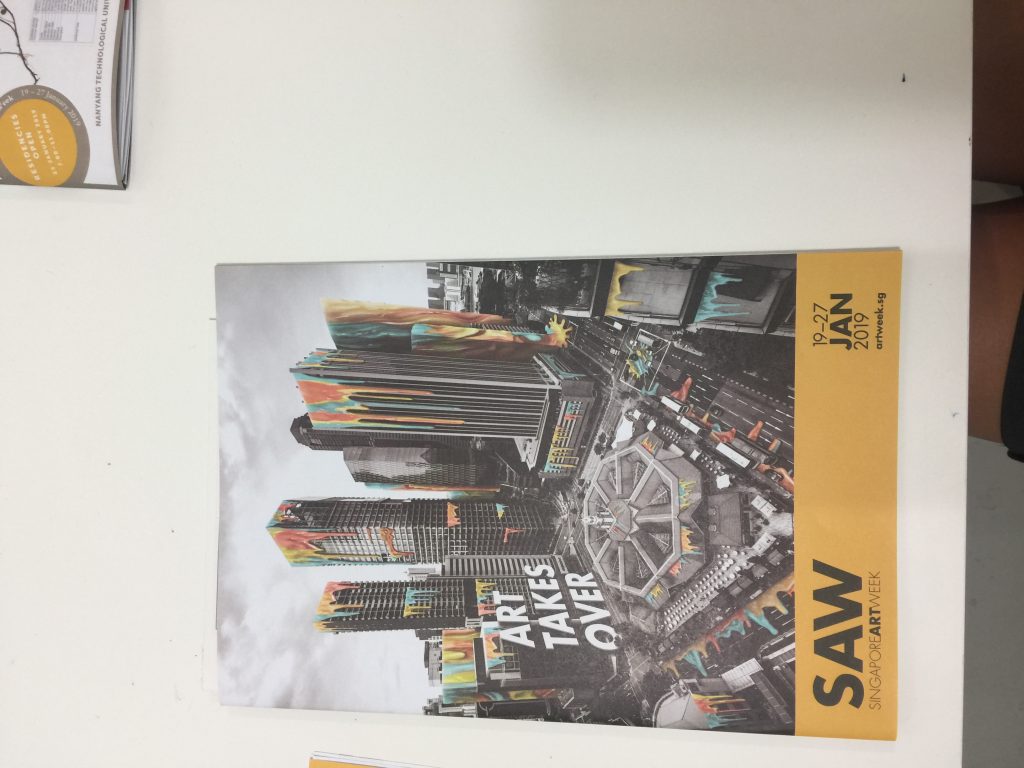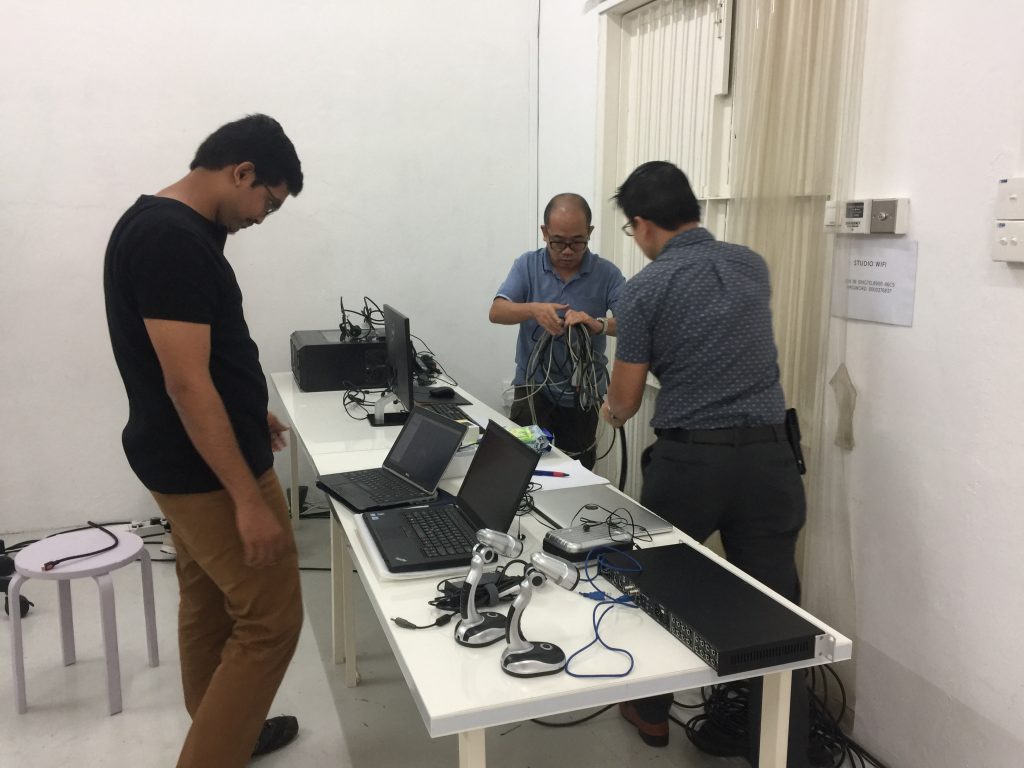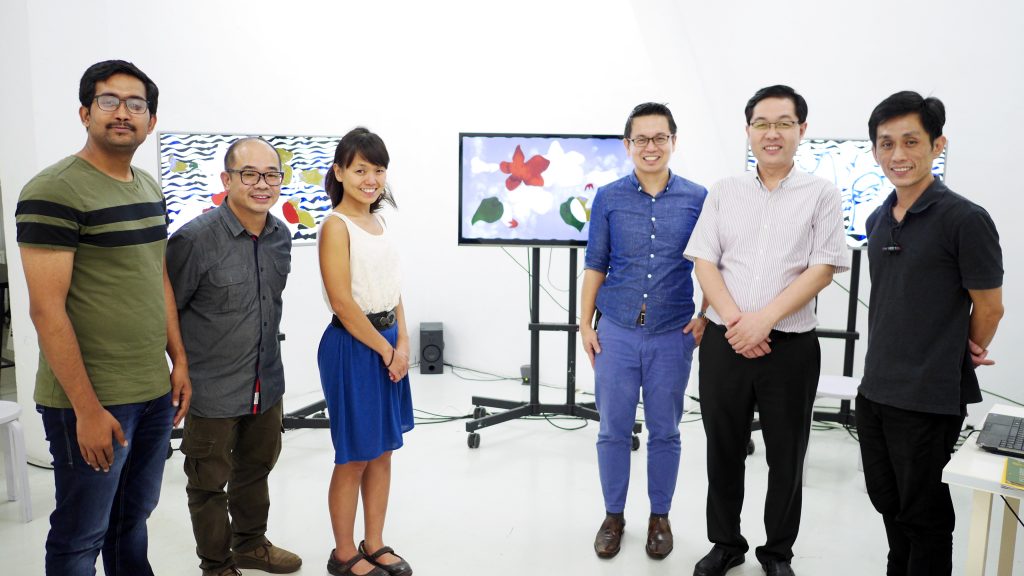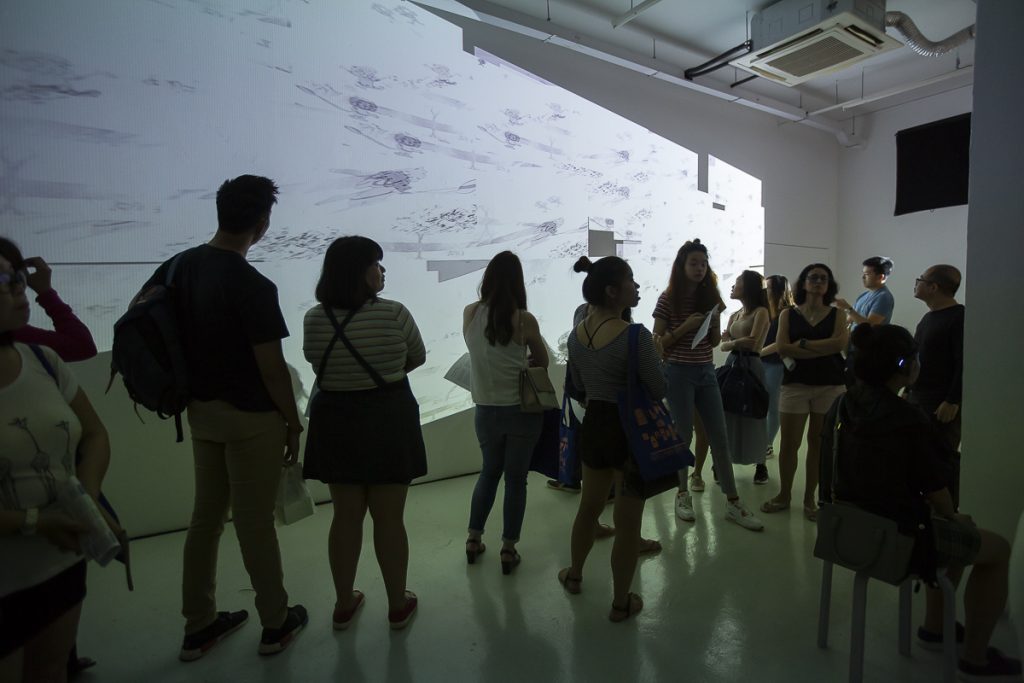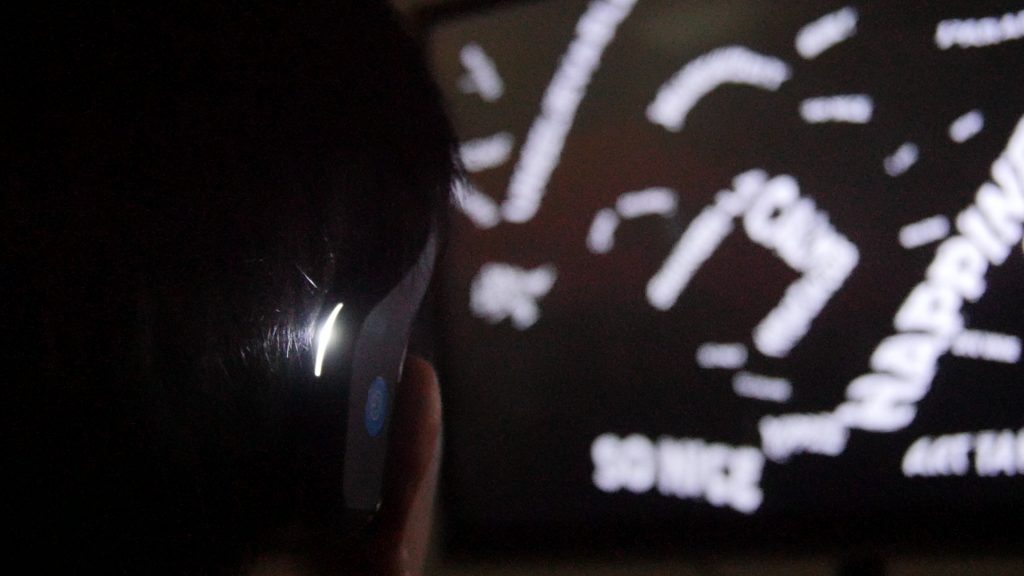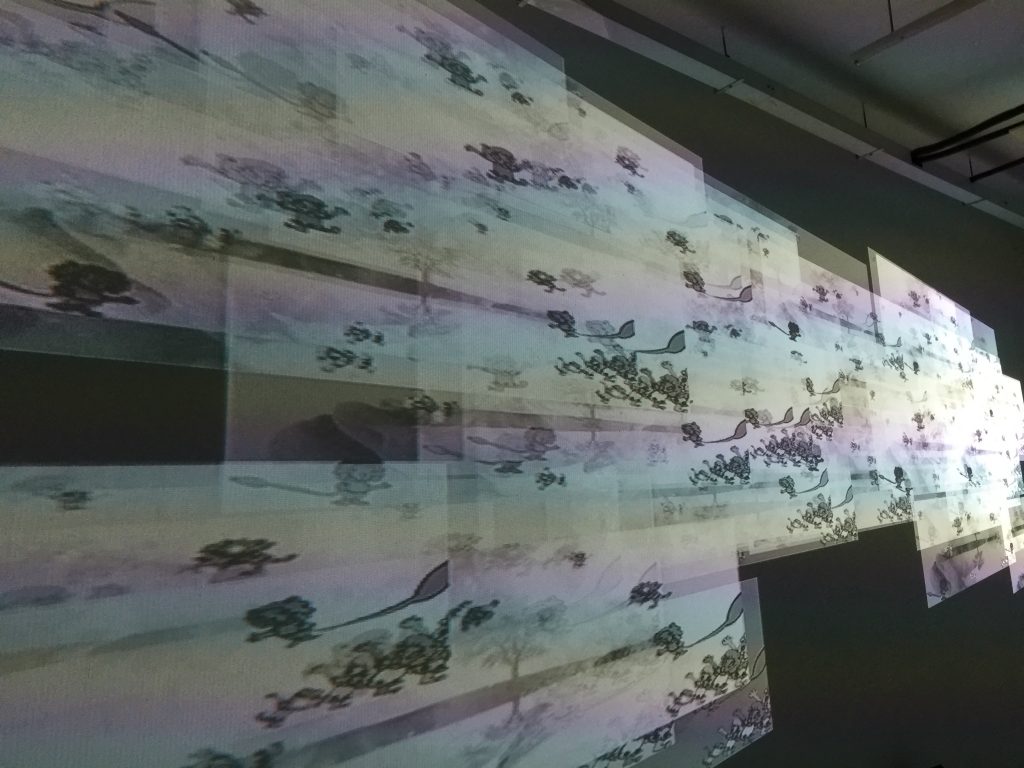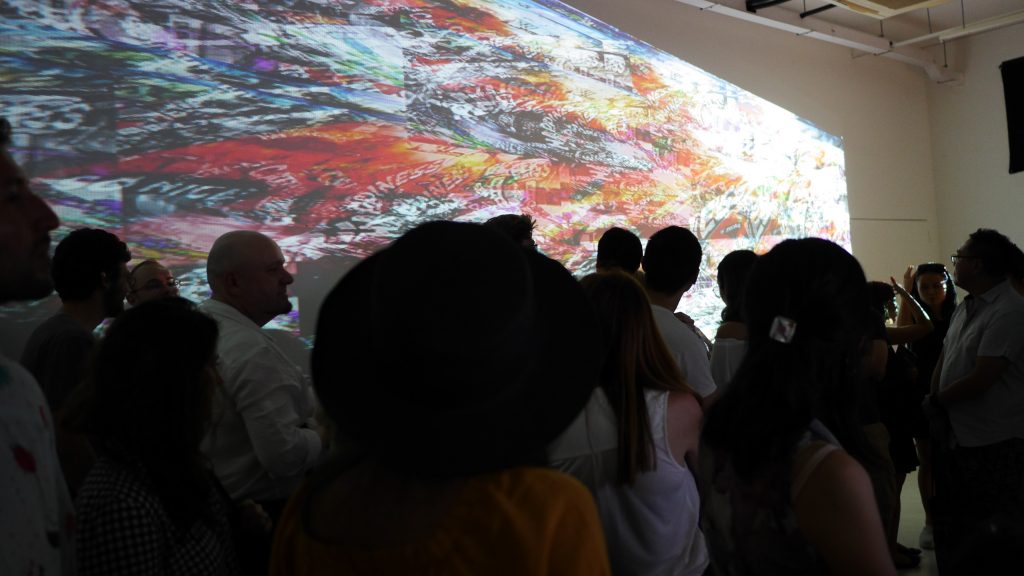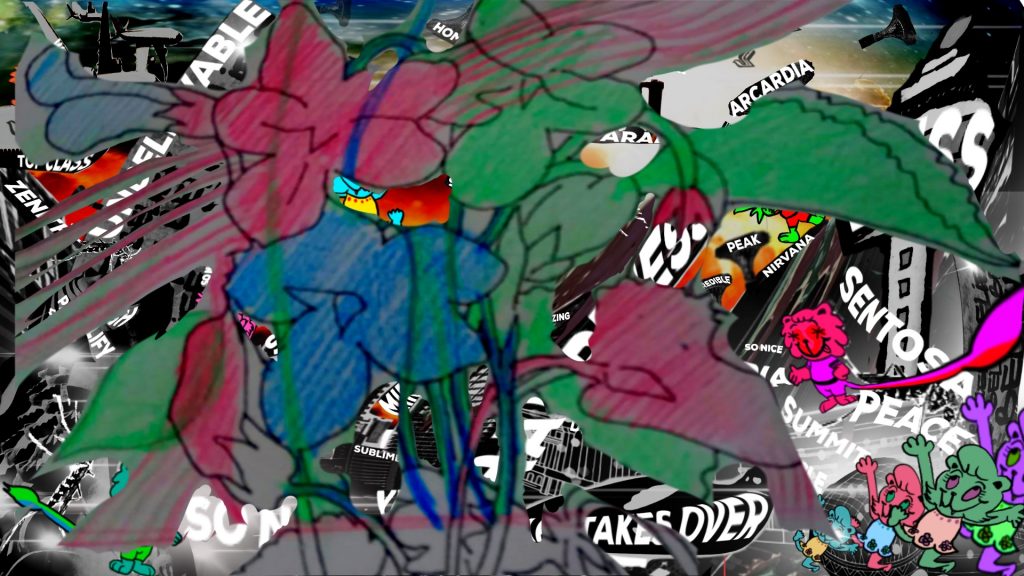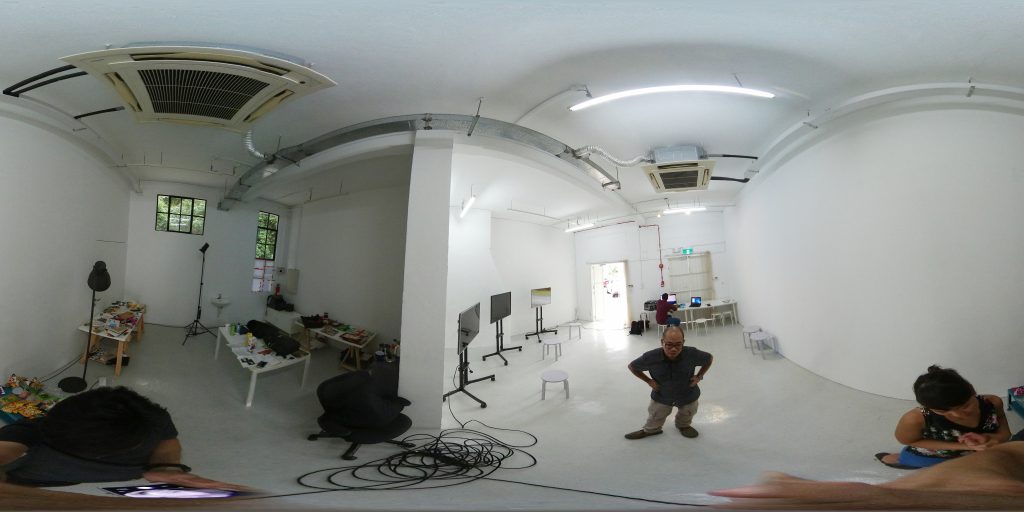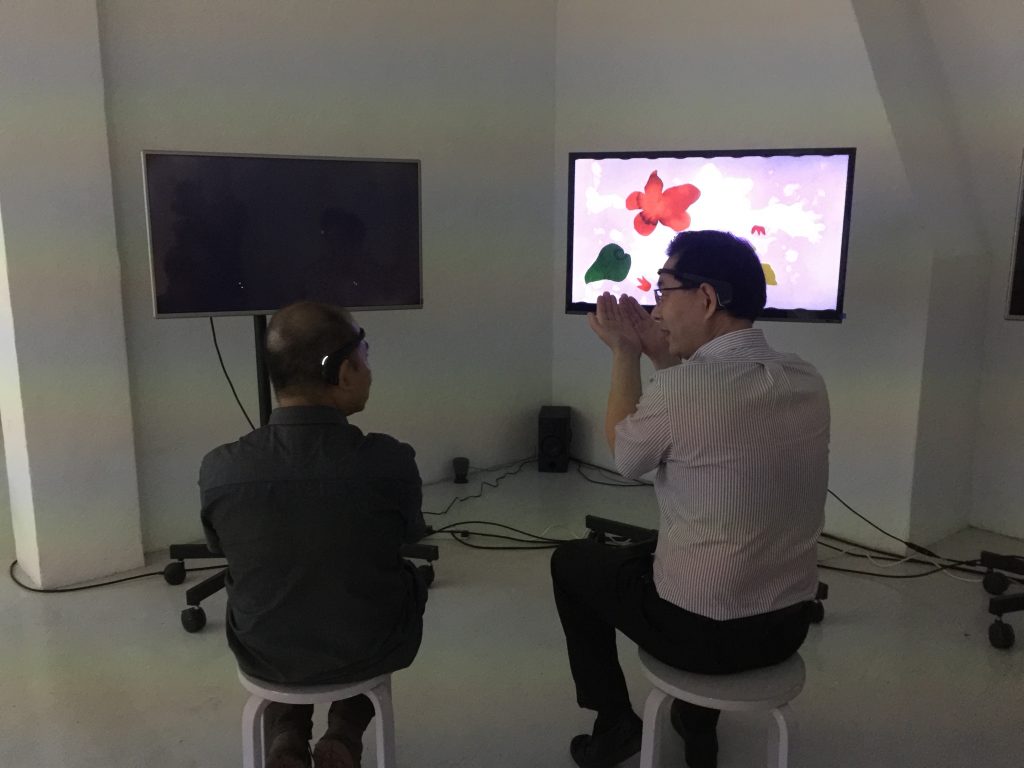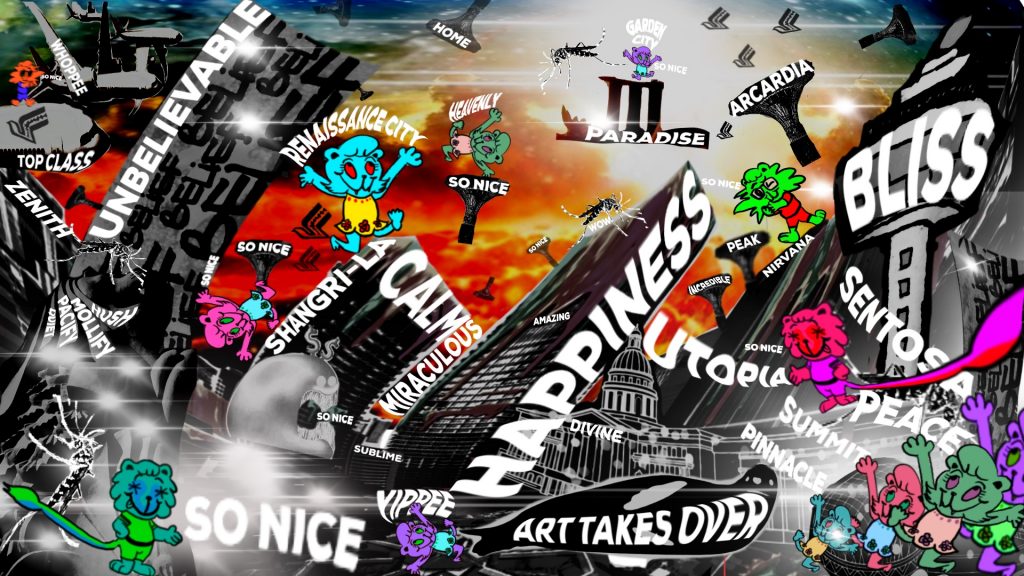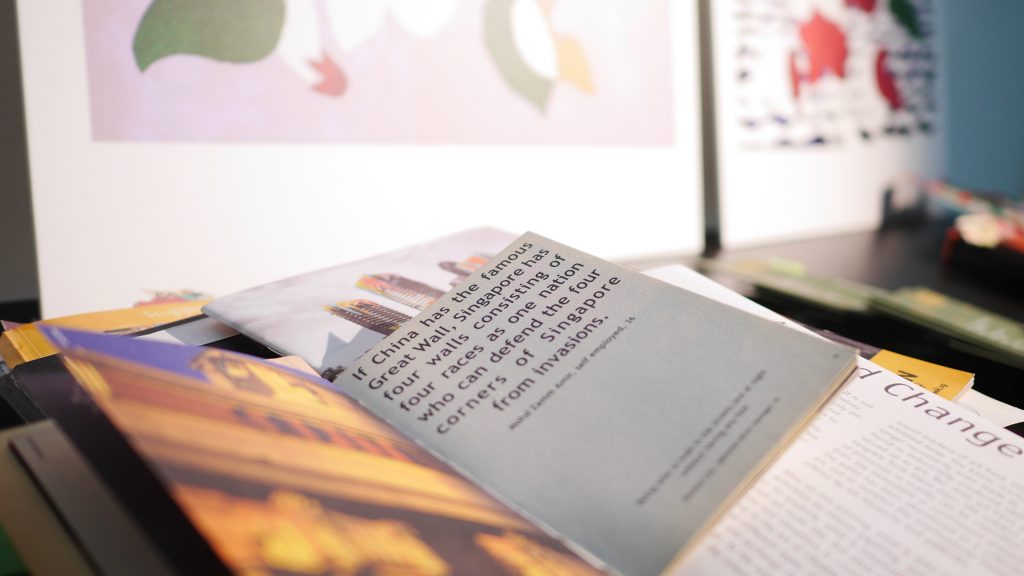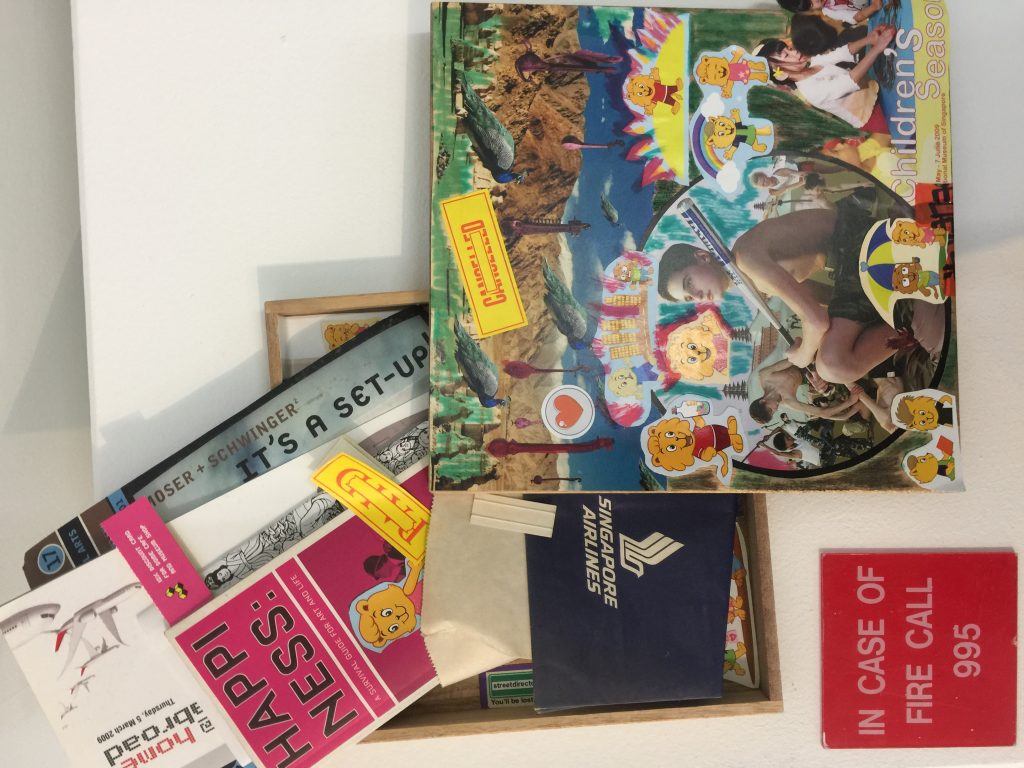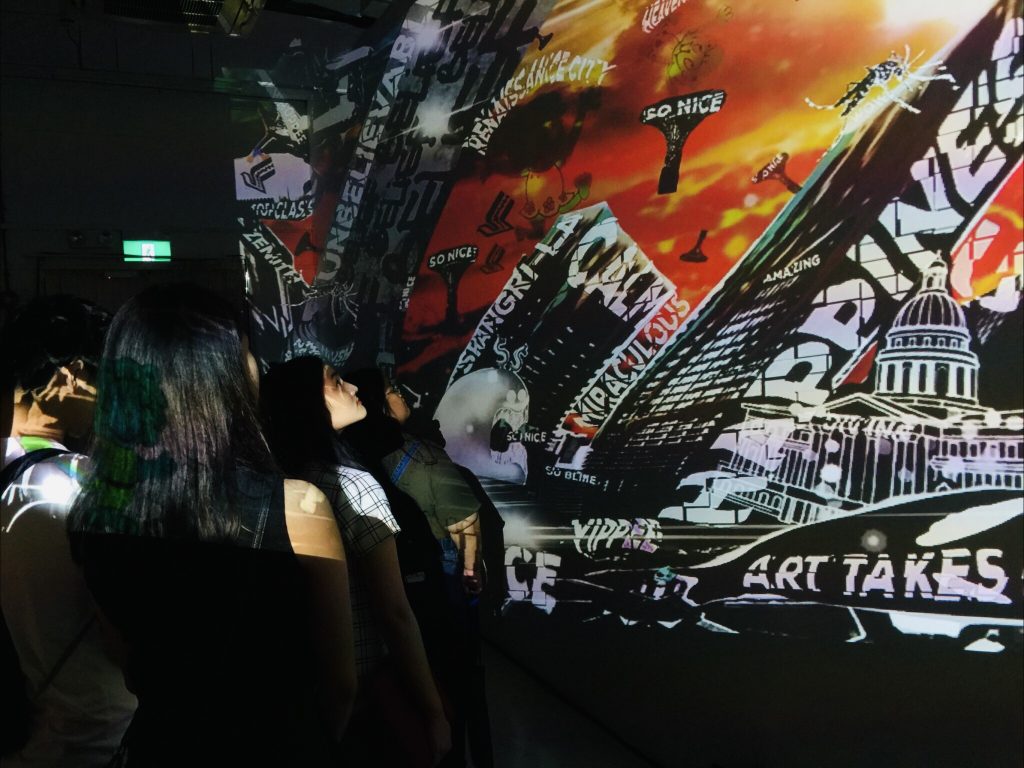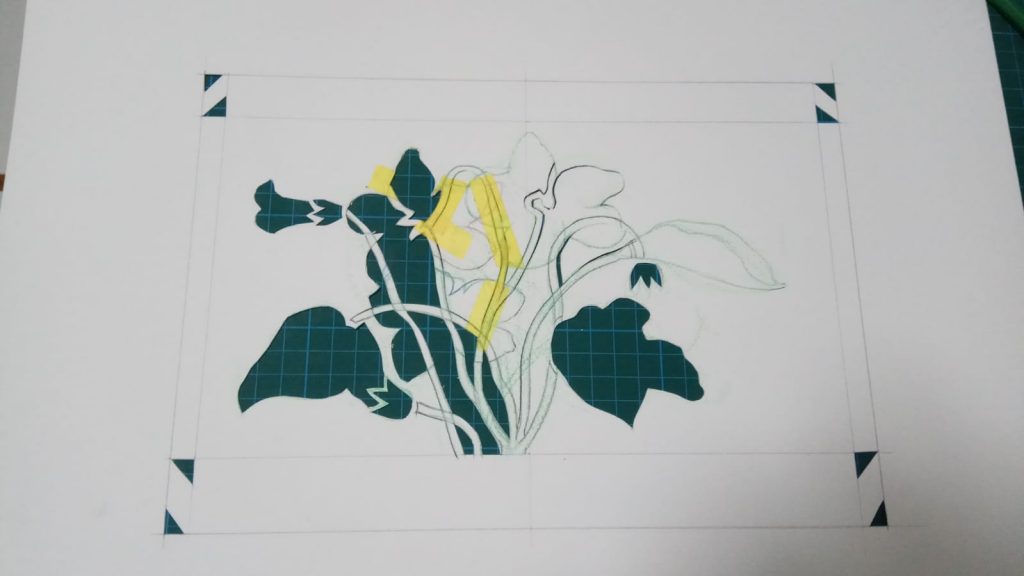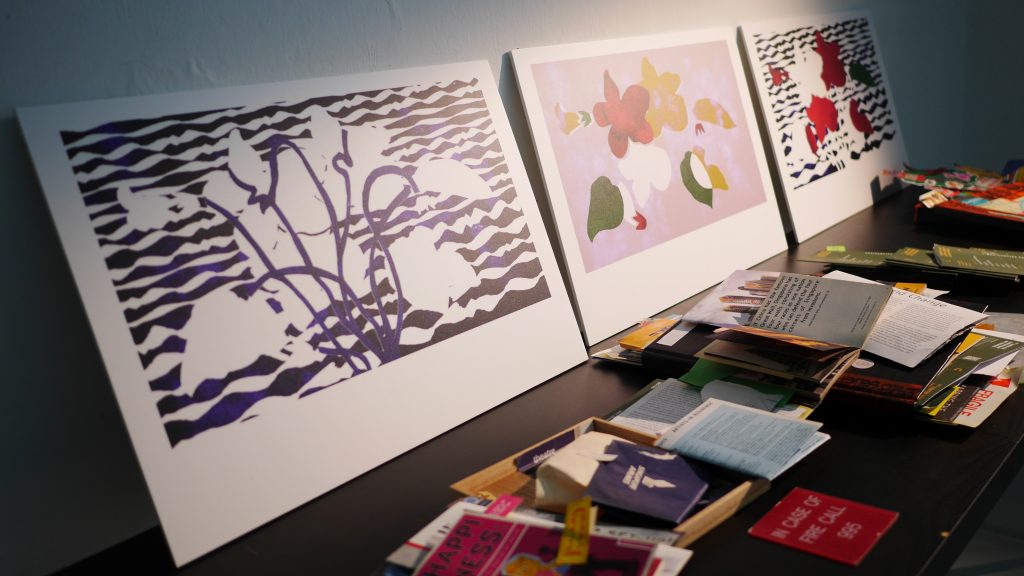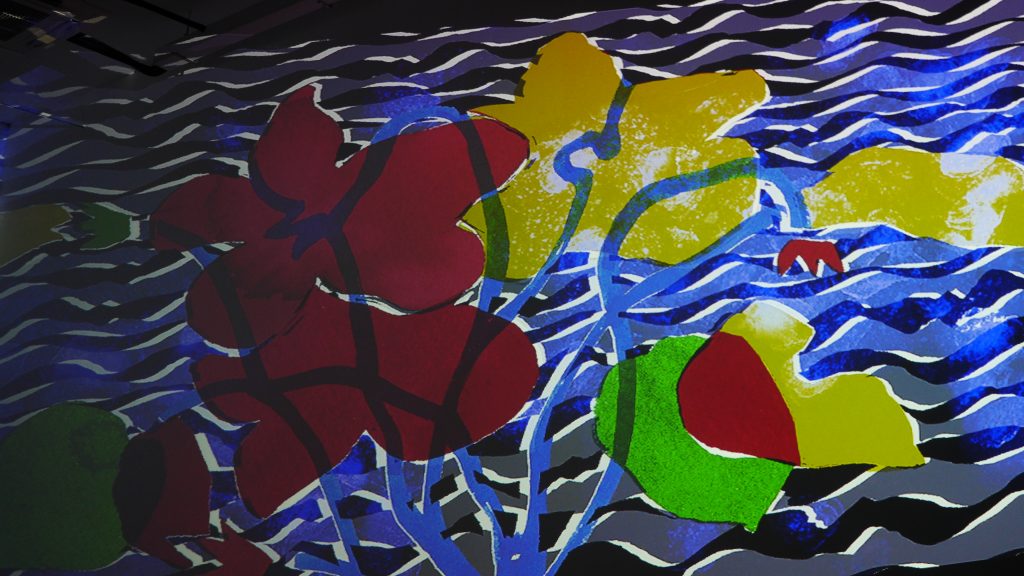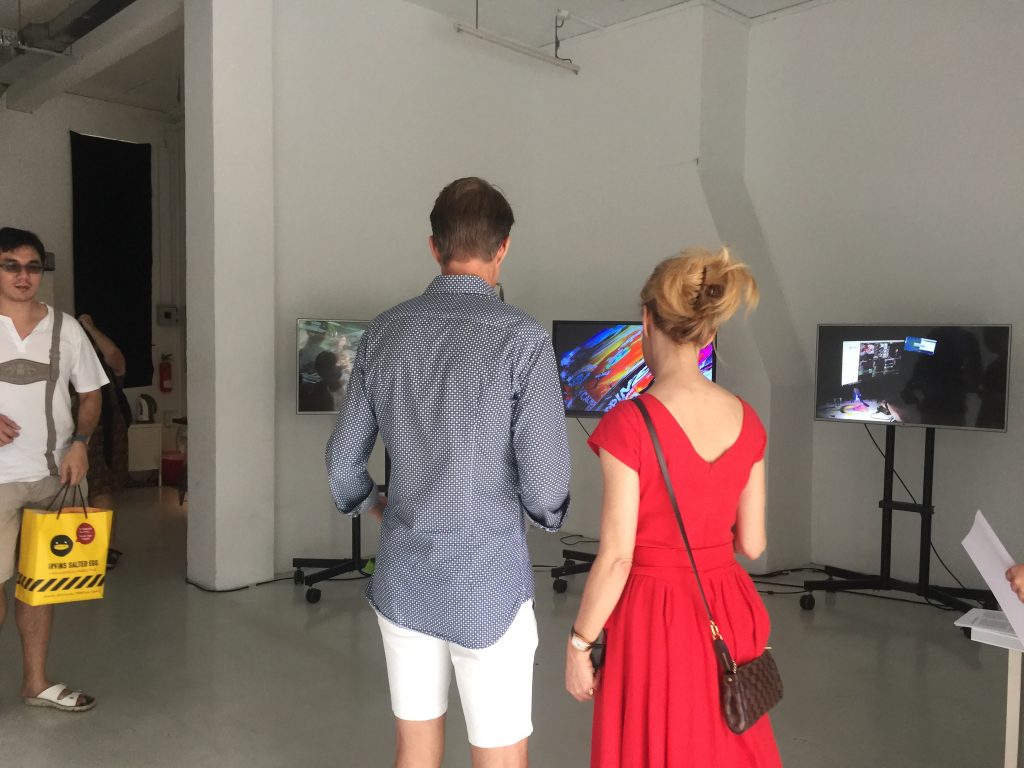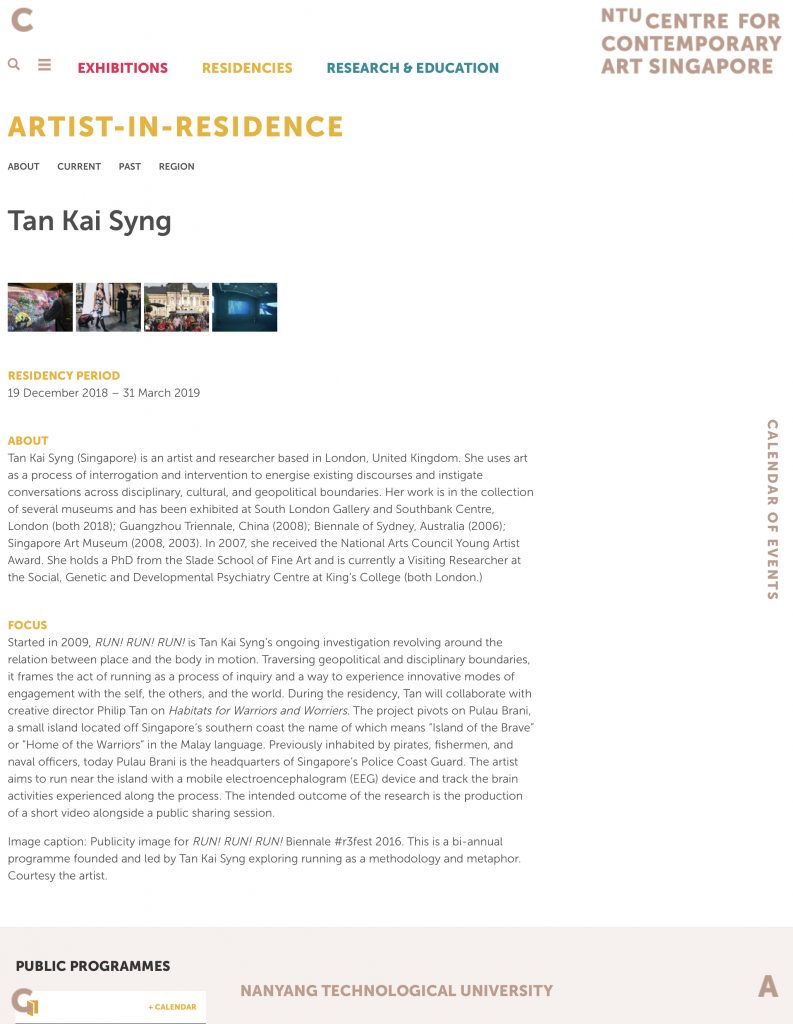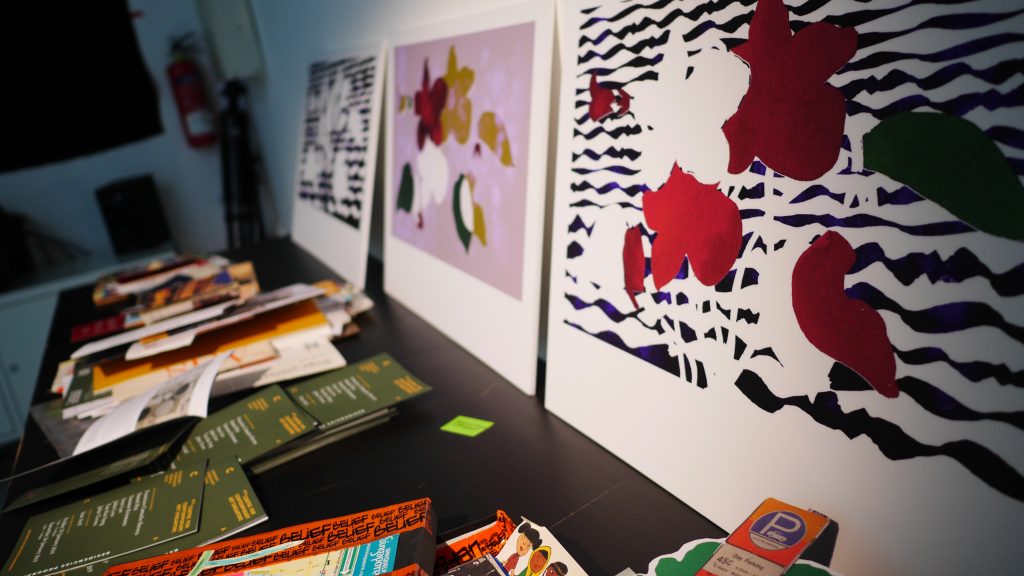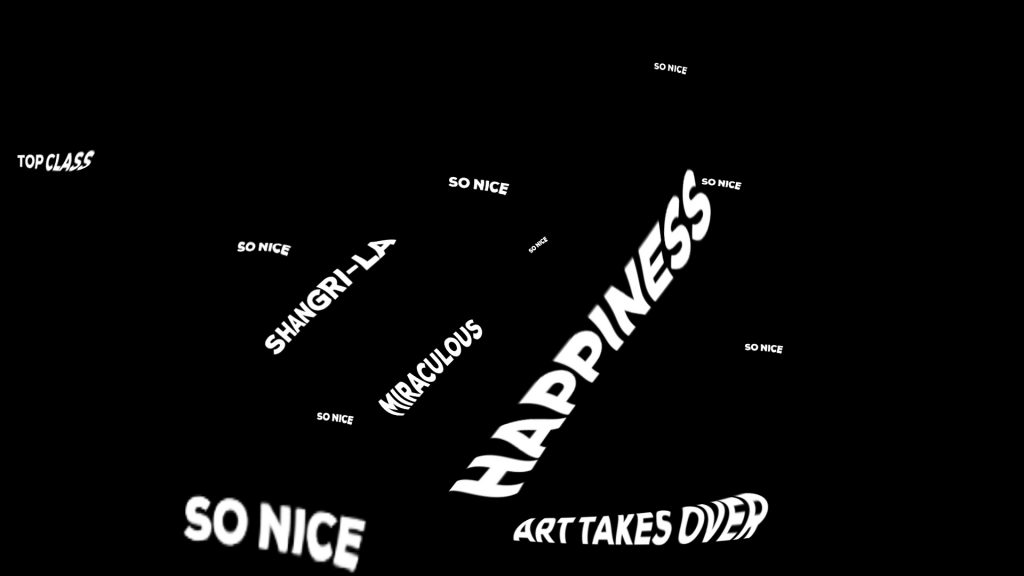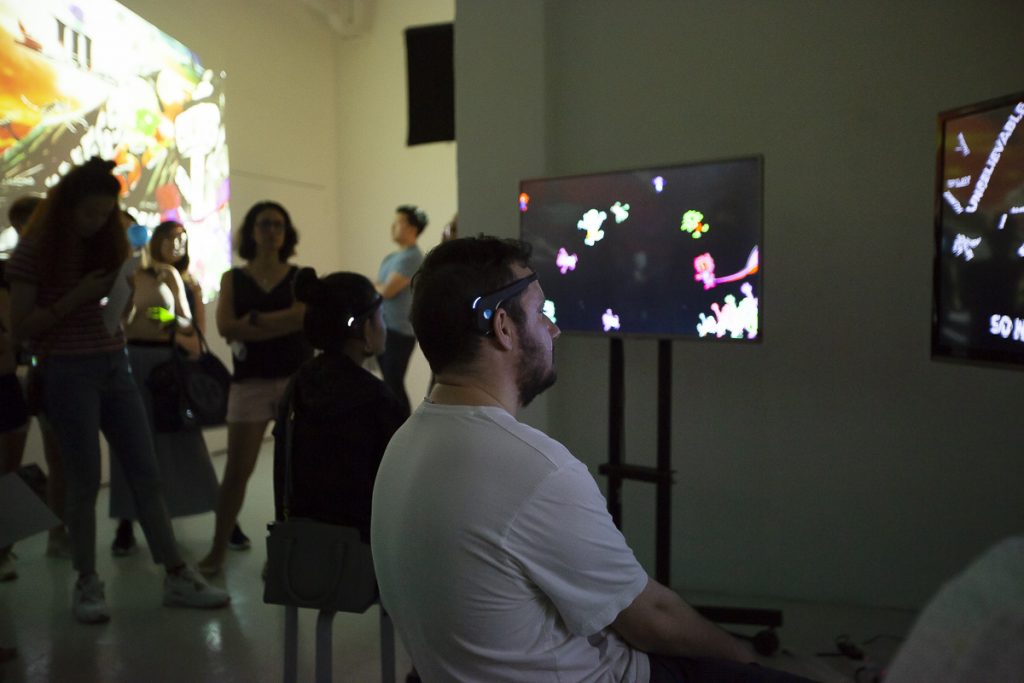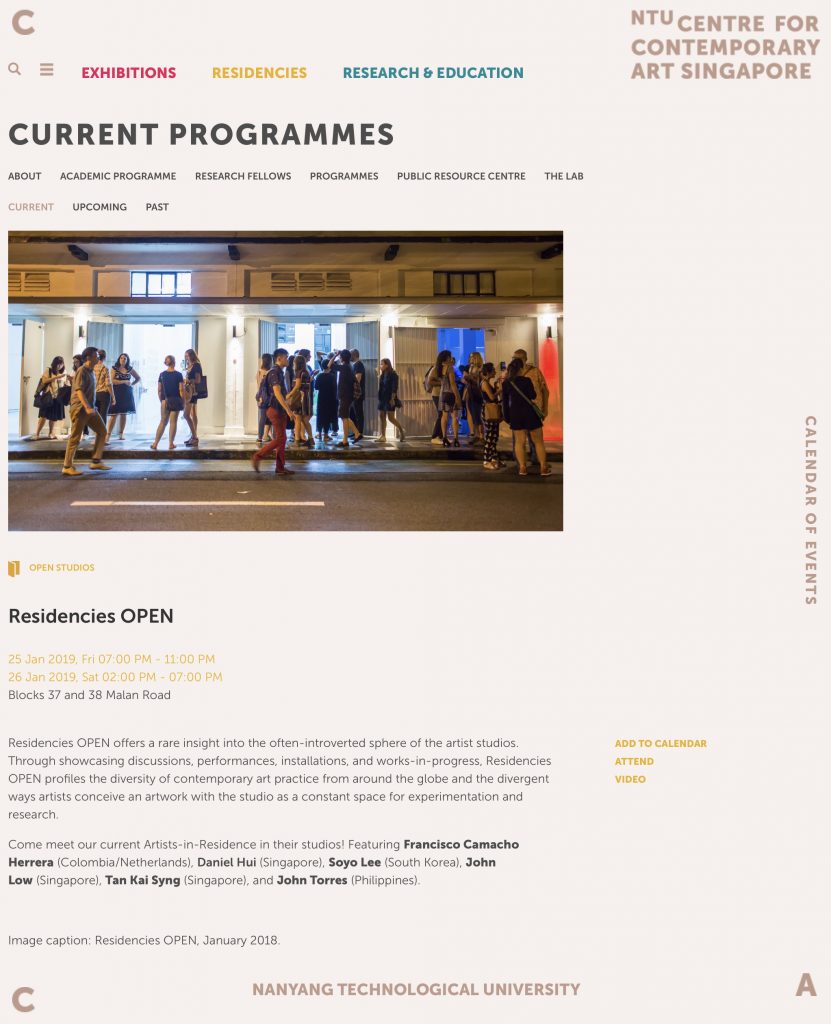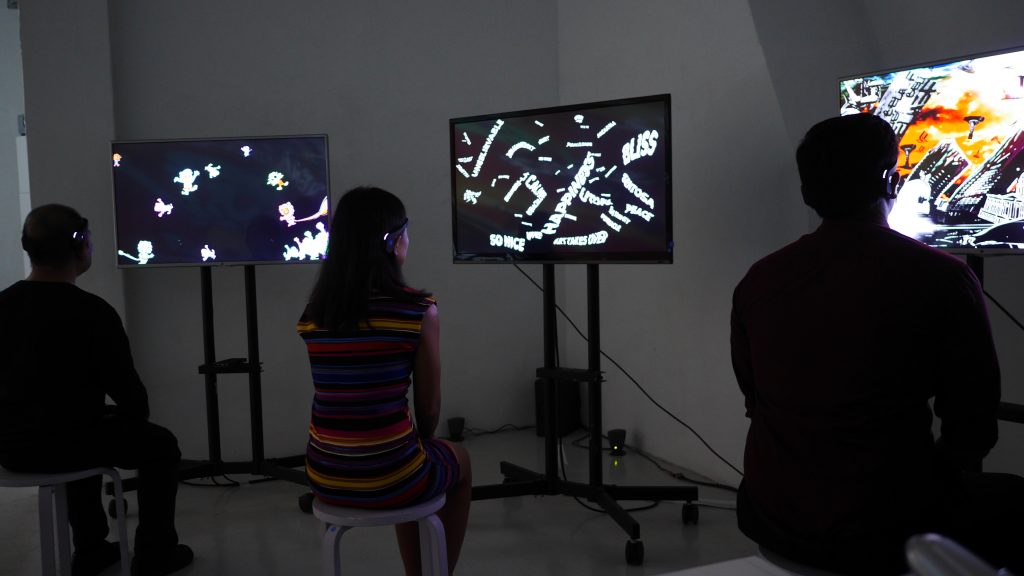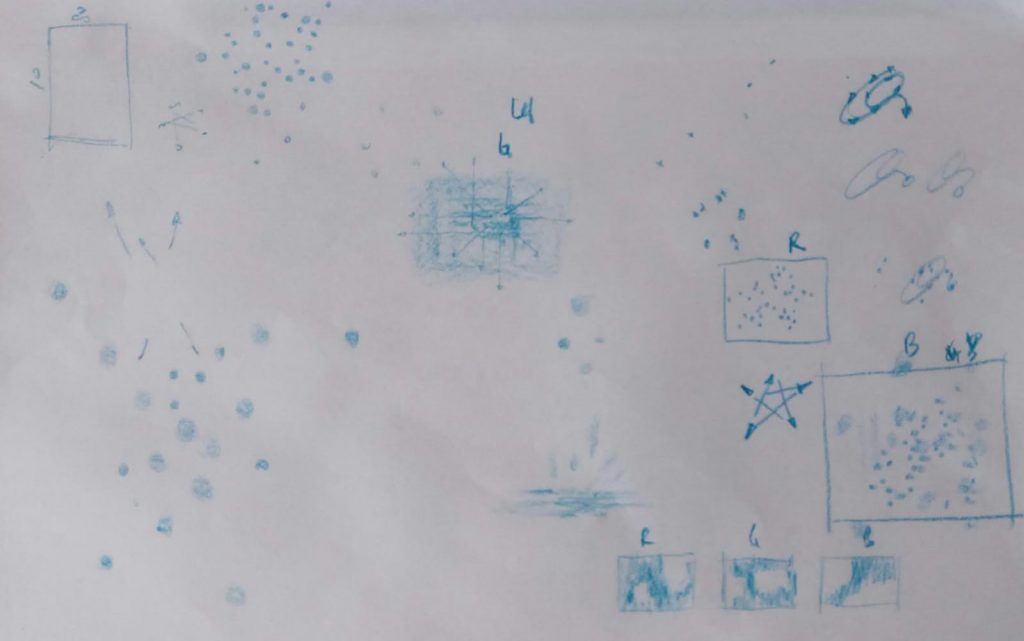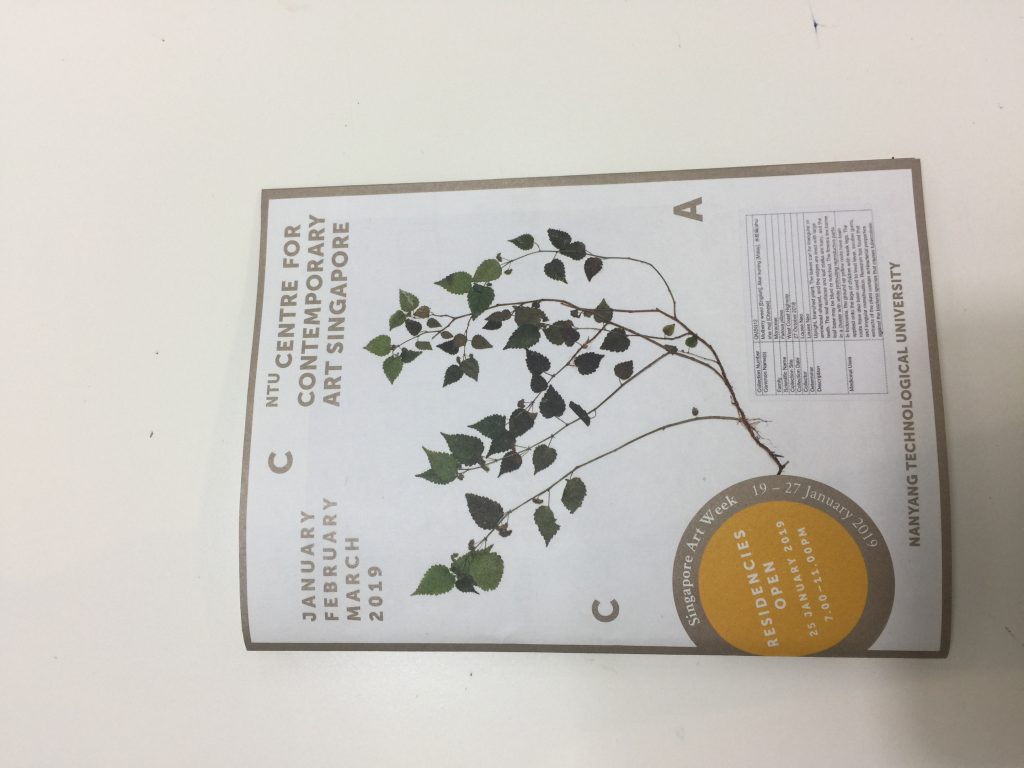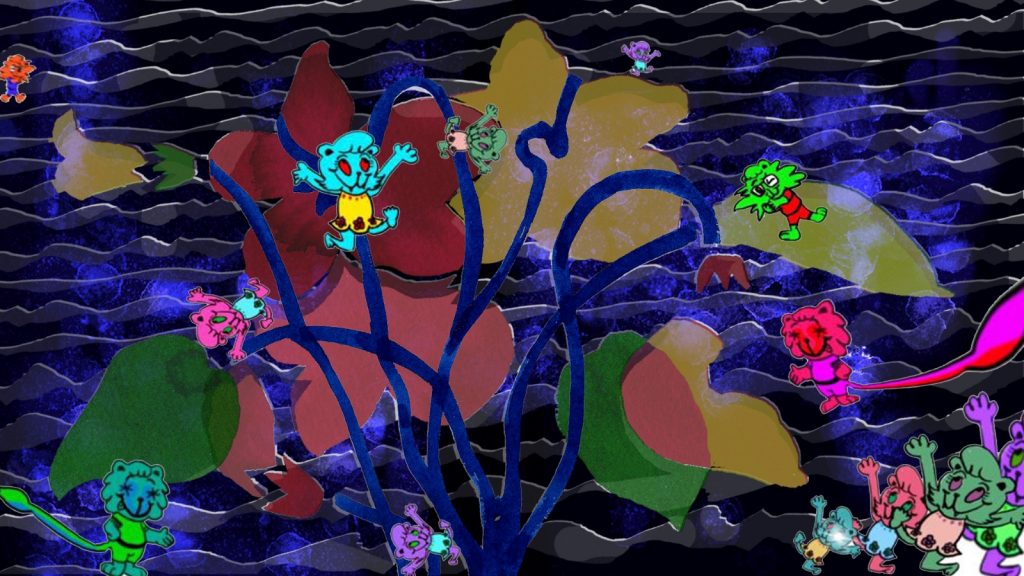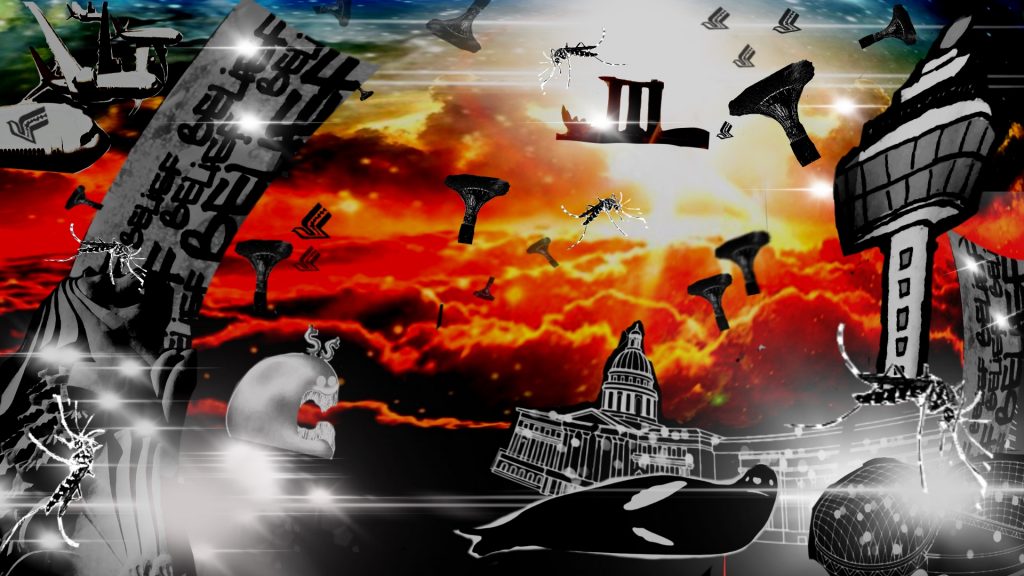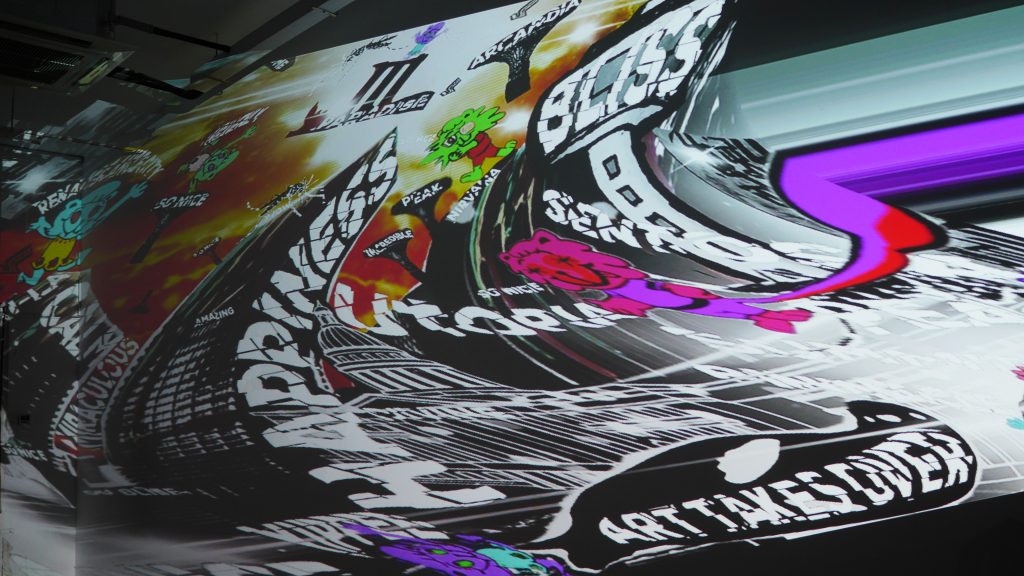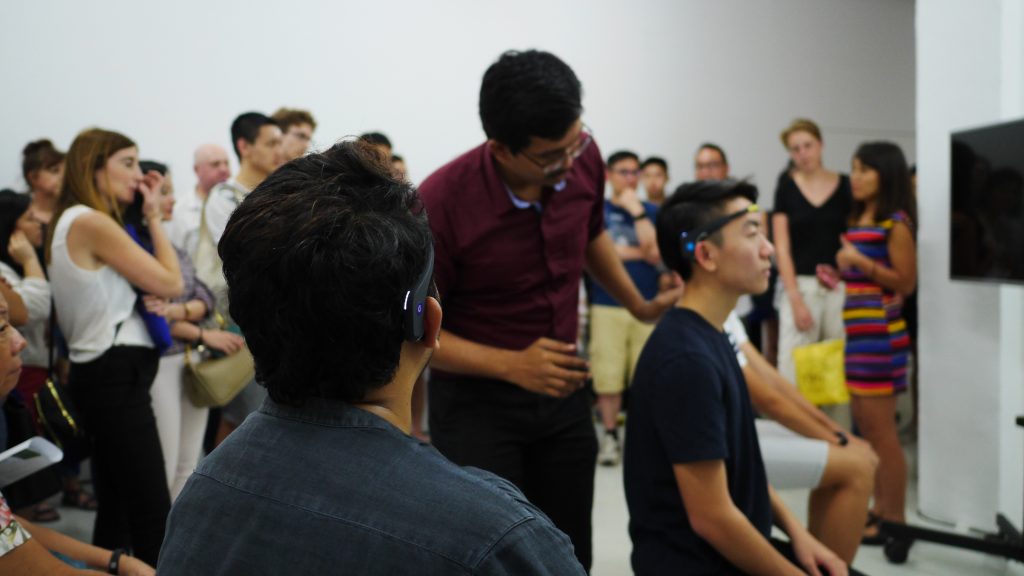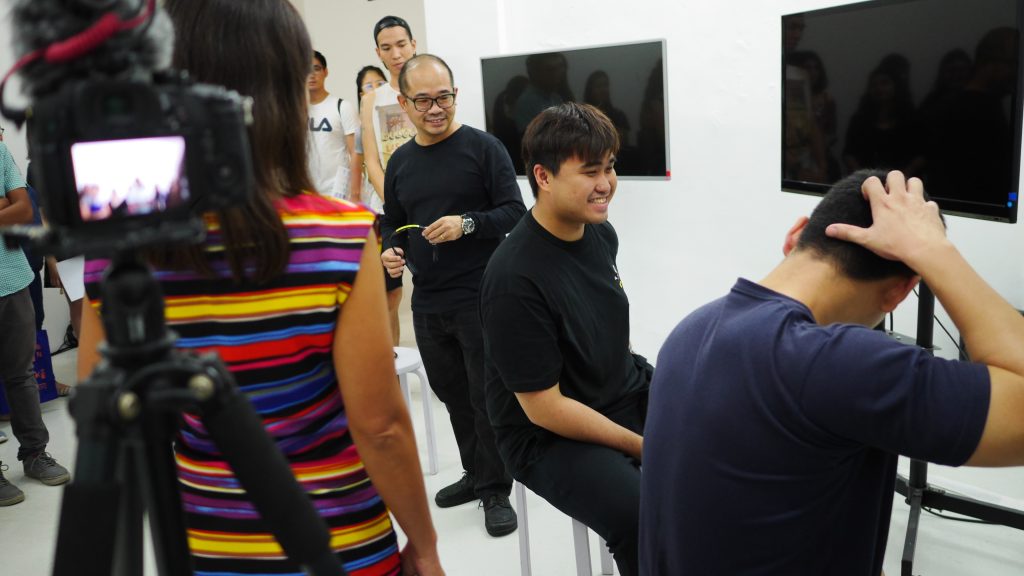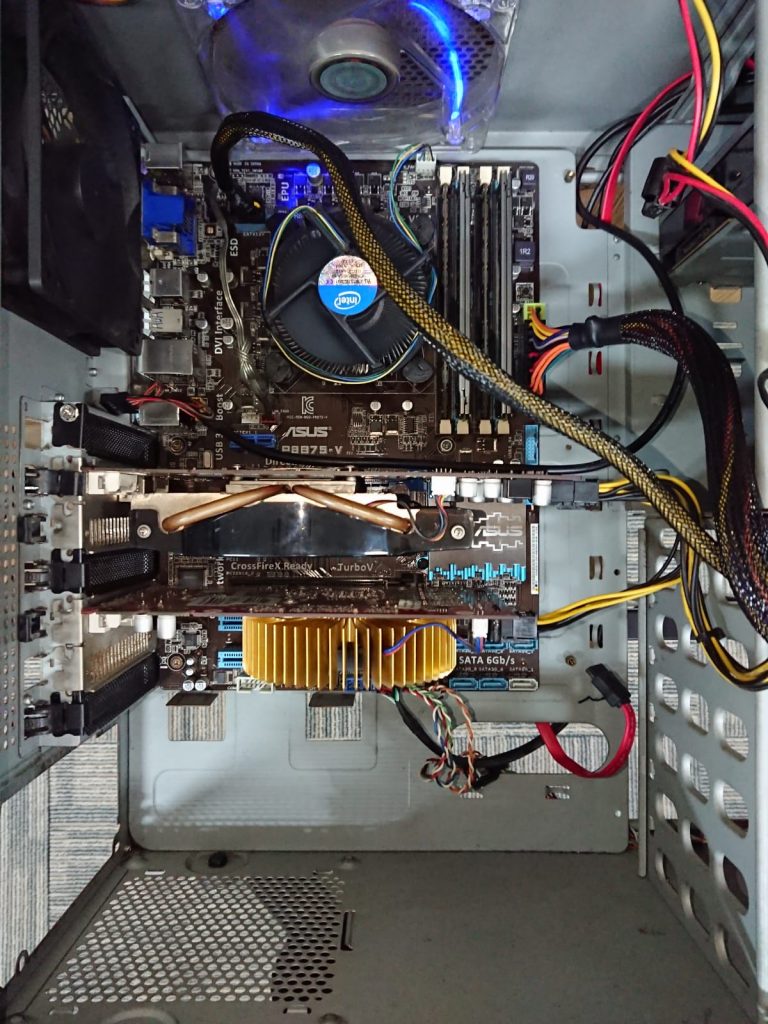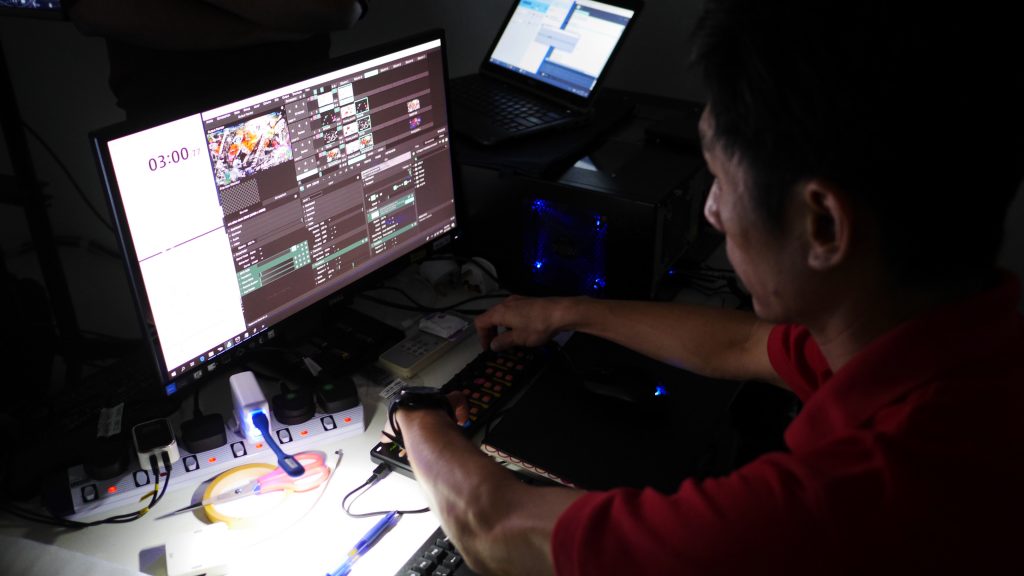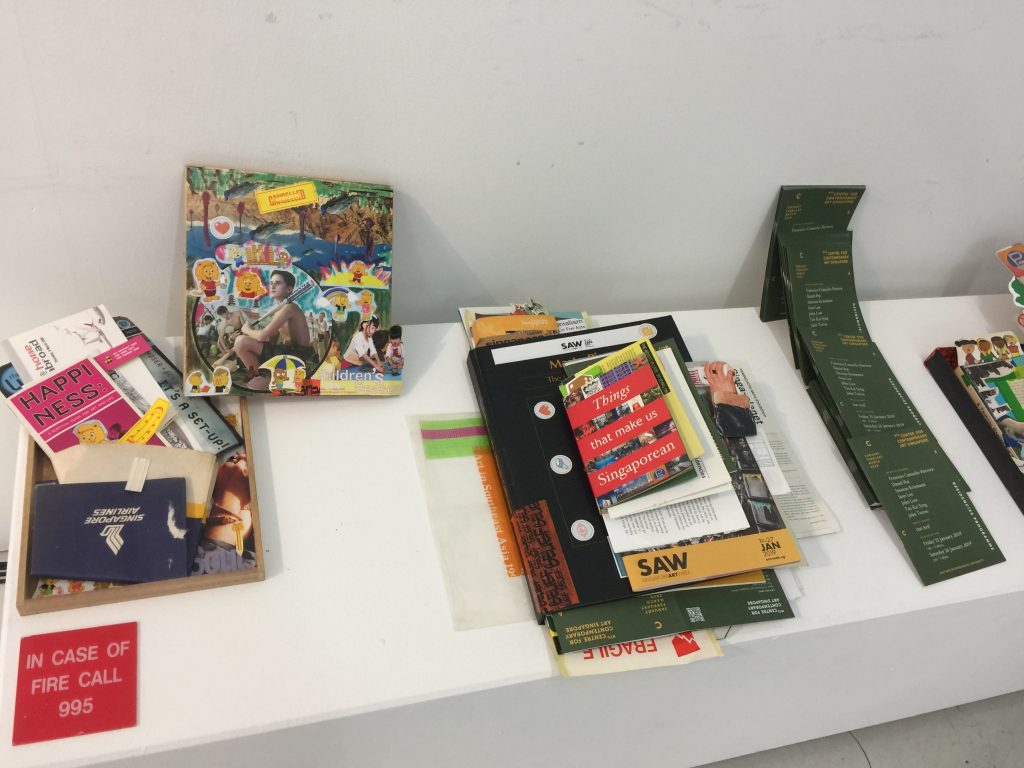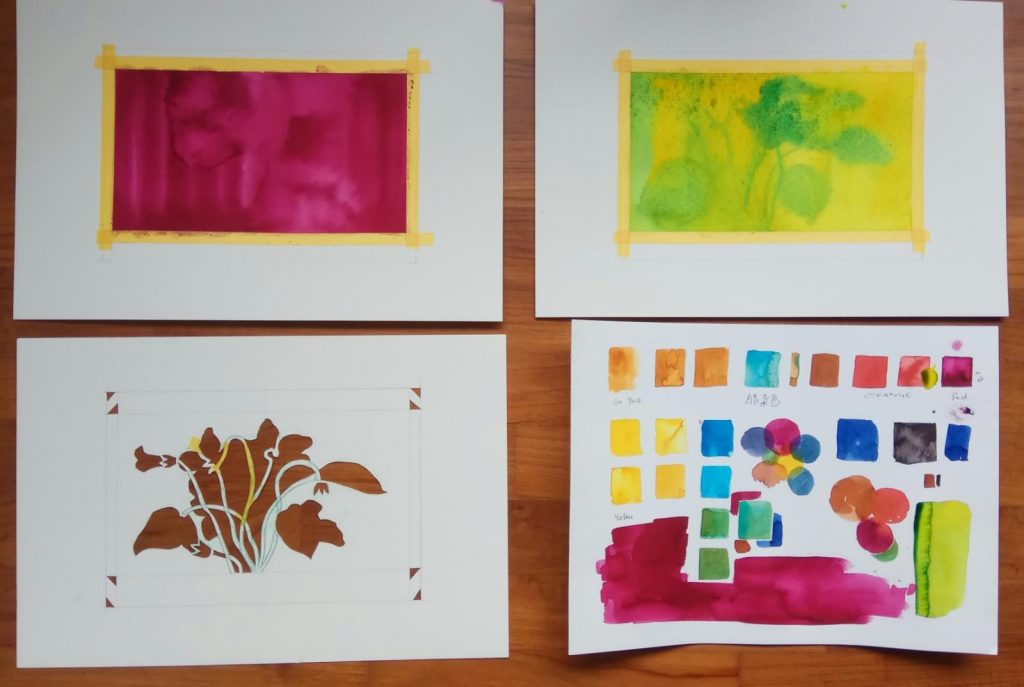PICTURING HAPPINESS? An exploratory conversation between 6 scientists and artists from kaisyngtan on Vimeo.
WHAT COULD HAPPINESS LOOK LIKE?
Just how difficult is it to picture happiness? If nature, philosophy, science, the arts and religion haven’t provided all the answers, could technology help us take a peek at the other side’? Amid a world embroiled in turmoil, is ‘happiness’ a vague, shifting and indeed shifty imagery, imagination and myth? For inhabitants of a garden-city that brands itself as a ‘paradise’, is it all bright and clear? Where do individuals sit—as participants, consumers, creators and researchers—in this conversation? What levels of input, control and indeed power and autonomy do we have?
SINGAPORE ART WEEK
Picturing Happiness? was an exploratory conversation between 6 artists and scientists — and you. It was a playful look at happiness and human agency through technology. Picturing Happiness? The performance, directed by Philip Tan, took place on 25 January 2019. It was part of the Residencies OPEN of NTU Centre for Contemporary Art Singapore at Gillman Barracks (Director: Ute Meta Bauer), which was part of the well-attended Art After Dark and Singapore Art Week. We ran 8 shows for 252 audiences in the period of 2 hours. Our participants included a 9 year old girl to a gentleman in his 70’s. On 26 January, we shared documentation footage and exhibited the artwork. There was much that we learnt about how we can make things better. We also received much positive feedback, including people who were keen to volunteer for our next experiments. ‘This is the best art we’ve ever seen’ said 2 Australian artists, one of whom volunteered as participant for a performance. Says leading Brain and Computer Interfaces expert Professor Guan Cuntai of Nanyang Technological University, a key collaborator of this exploration: ‘Your project was a great success! Congratulations! It was an eye-opening experience to see how your project was done. I am so happy that you made it in such a short time. It is a completely new thing to us and I am excited to continue our collaborations in the future.’ An audience member who attempted to politely heckle / distract participants by whistling (in tune and in time), came up to share how much she enjoyed the exploration. We are keen to find ways to extend this strand of work, scale up and research deeper, etc. Kai will hold 3 exhibitions (April, July, November) in London and will share some of this work.
ART+SCIENCE MEDIATION OF HAPPINESS
Picturing Happiness? was first public sharing of a new strand of investigation by 2 scientists and 4 artists — and you, the audience/participant — through science, art, music, and an EEG device enticingly named Muse. EEG (electroencephalography), which records electrical activity of the brain, has played an important role in the field of medicine to diagnose, prevent and treat a range of conditions including epilepsy, stroke, cognitive impairments and ADHD. Consumer EEG devices such as the Muse headset have entered everyday life. With the ability to read brain waves that reveal how focused or relaxed we are, several market themselves as meditation and ‘mindfulness’ devices, selling the idea that a calm mind is a happier one. Muse, together with its rivals and accomplices, is part of the powerful ‘wellbeing’ industry (worth $1.2 billion in the US alone in 2017) as well as of the Quantified Self movement and Internet of Things. Picturing Happiness? opens up a space that invites us to cast a critical and playful eye on human beings’ eternal pursuit of happiness and our relationship with technology in the context of Singapore. The team is working together for the first time. In this evening’s performances, we invite participants to use their ability to relax to form images or imaginations of happiness, individually and collectively. The more relaxed you are, the clearer this vision becomes! And with each performance yielding different processes for participants and performers alike, the spirit is experimental, something that scientists and artists alike share. We aren’t just asking ‘what is’, but ‘what if’, equally embracing failures, surprising possibilities and, perhaps, even moments of happiness?… — Dr Tan Kai Syng
PEOPLE
Professor Guan Cuntai is a Professor in the School of Computer Science and Engineering, Nanyang Technological University (NTU), Singapore. He is currently the Co-Director of the NTU-NNI Neurotechnology Fellowship Program. He has served on the Advisory Board of the ENB Elite Master of Science program in Neuroengineering at the Technical University of Munich (TUM), Germany, since 2017. He serves as an Associate Editor for IEEE Transactions on Biomedical Engineering, Brain Computer Interfaces, Frontiers in Neuroscience, IEEE Access (2012-2018), A*STAR Research Publication (2013-2016), and Guest-Editor for IEEE Computational Intelligence Magazine (2016). He is a Fellow of IEEE. His research interests are in the fields of Brain-Computer Interfaces (BCI), Neural Signal Processing, Neural Image Processing, Machine Learning, Data Analytics, and Artificial Intelligence. He has published over 300 refereed journal articles and conference papers and holds more than 20 granted patents and patent applications. In the past few years, he secured over $20M in competitive research grants. As a leading scientist in BCI field, he has delivered more than 60 keynote speeches and talks. He is a recipient of the Annual BCI Research Award, the IES Prestigious Engineering Achievement Award, Achiever of the Year (Research) Award, Finalist of President Technology Award, and winner of BCI Competitions.
Mane Ravikiran Tanaji is a PhD student at the School of Computer Science and Engineering, Nanyang Technological University, Singapore. He received his B. Tech. in Electrical Engineering from College of Engineering Pune (COEP), India in 2016. His research interests are in the area of Brain-Computer Interface, biomedical signal processing, and neuro-rehabilitation. <ravikian001@ntu.edu.sg>
Philip Tan a visionary creative director, composer, surround sound designer and educator. He is the founding creative director of Philbeat, a company which has created several critically acclaimed multi-media events including the opening and closing ceremonies of the 8th ASEAN Para Games (2015); the 10th World Orchid Conference (2011); the opening of the Sports Hub (2015); the closing ceremony of the SEA Games for the Singapore contingent (2013), Opening of Gardens by the Bay (2012) as well as the Garden Rhapsody Light and Sound Show (2012-2013). Philip’s zest for exploration of new formats, technologies, ideas and creative story-telling have been showcased in more than 30 countries. He was conferred the Young Artist Award in 2007, and was a winner of the prestigious Top 50 Global Teacher Award 2017. <philbeat@gmail.com>
Patrick Poh is a timelapse artist from Singapore. He is known for his style of melding time, sounds and movement in his videos. Inspired by videos of other timelapse specialists, Patrick started his independent practice in 2012. His techniques have evolved after years of honing his craft and through collaboration with other professionals. His work encompasses projects for Singapore Airlines, Jetstar Asia, Sembcorp, CNA and Toggle, SmartLocal, A-List and Government agencies such as Urban Redevelopment Authority and Public Utilities Board.
Airik Ng is an art educator, storyboard artist, and set designer. He is well-versed in producing storyboards for films, documentaries, television commercials and stage performances. He was Set/Props Director for the opening and closing ceremonies of the 8th ASEAN Para Games (2015), interpreting the complexity of the show through captivating sets that brought to life the event’s theme, ‘Celebrate the Extraordinary’. <artbrella@gmail.com>
Tan Kai Syng is an artist and curator based in London, United Kingdom. She mobilises the body and mind in (com)motion as a mode of intervention in a world in (com)motion. Ill-disciplined and restless, she scampers across artistic/disciplinary/geopolitical boundaries to gather diverse bodies and bodies of knowledge to engineer ‘productive antagonisms’ (Latham and Tan, 2016). Her work is known for its ‘eclectic style and cheeky attitude’ (Sydney Morning Herald, 2006), ‘positive atmosphere’ (Guardian, 2014) and ‘radical interdisciplinarity’ (UCL Geographer Professor Alan Latham, 2016). Shows include Guangzhou Triennale (2008) and Tokyo Fashion Week (2004). Venues include Southbank Centre (2018) and MOMA New York (2005). Recognitions include San Francisco International Film Festival Golden Gate New Visions Award (1999), Young Artist Award (2007) and National Coordinating Centre for Public Engagement Images Competition Award for ’Culture Change’ (2018). Collections include Museum of London and Fukuoka Art Museum. Her PhD research, conducted at the UCL Slade School of Fine Art, explored running as a creative discourse. She was the first artist-in-residence at the Social, Genetic and Developmental Psychiatry Centre, King’s College London where she is Visiting Research Fellow. She is also a UKRI and AHRC Peer Review College member. She is currently an Artist-in-Residence at NTU CCA Singapore. <kaisyngtan.com>
Special thanks to Professor Guan Cuntai and Mane Ravikiran Tanaji at the School of Computer Science and Engineering, NTU, for expert advice and technical support.
